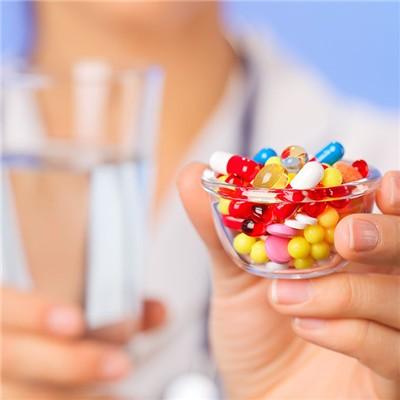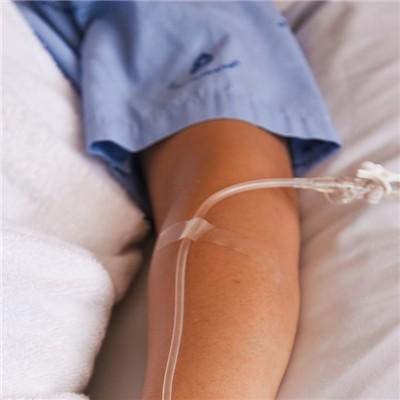How much potassium chloride should hypokalemia take
summary
The body's potassium intake depends entirely on the outside world. The daily intake of potassium from food is about 50-100mmol, 90% of which is absorbed by the small intestine. The kidney is the main organ for excreting potassium and regulating potassium balance. The potassium in glomerular filtrate is completely absorbed in proximal convoluted renal tubules at first, and then the cells in distal convoluted renal tubules and collecting tubules secrete the excess potassium and excrete it from urine to maintain potassium balance in the body. However, when the intake of potassium is insufficient, the kidney can not significantly reduce the excretion of potassium, so that potassium remains in the body, so it is easy to cause potassium deficiency. The serum potassium concentration ranged from 3.5 to 5.5 mmol / L, with an average of 4.2 mmol / L. Hypokalemia usually occurs when serum potassium is less than 3.5mmol/l. So how much potassium chloride should hypokalemia eat?
How much potassium chloride should hypokalemia take
First, oral potassium is generally used. The preventive dose for adults is 10% potassium chloride 30-40 ml / D (containing 13.4 mmol potassium per g potassium chloride). Oral potassium chloride is easy to have gastrointestinal reactions, and potassium citrate is the best choice (1 g potassium citrate contains 4.5 mmol potassium).

The second is intravenous infusion of potassium chloride, which is used in patients who can not take orally or have severe potassium deficiency. The commonly used concentration is 5% glucose solution 1.0 L added with 10% potassium chloride 10-20 ml, each g of potassium chloride must be drip evenly for more than 30-40 min, not intravenous injection. The amount of potassium supplement depends on the patient's condition. As a precaution, adults usually supplement potassium chloride 3-4g / D, as a treatment, it is 4-6g or more.

Third, when the urine volume must be more than 30ml / h, potassium supplement should be considered, otherwise it may cause excessive blood potassium. For patients with acidosis, hyperchloremia or liver dysfunction, potassium glutamate should be used. Each 6.3g tube contains 34mmol potassium and 0.5L glucose solution can be added for intravenous drip.

matters needing attention
Deficiency of potassium and hypocalcemia should pay attention to calcium, because hypocalcemia symptoms are often covered by hypocalcemia, hypocalcemia tetany can appear after correction of hypocalcemia. Regular observation, determination of serum potassium and electrocardiograms are needed to avoid hyperkalemia.

















